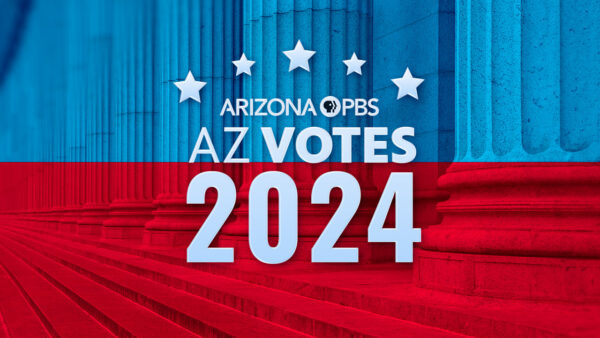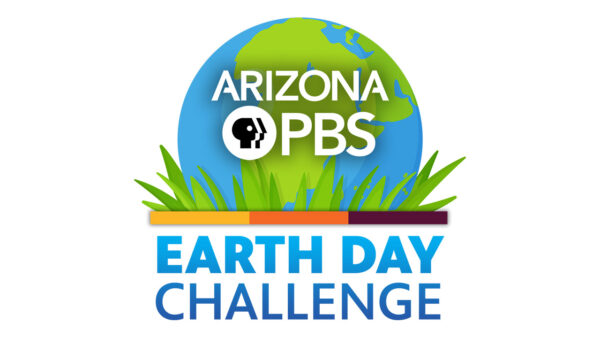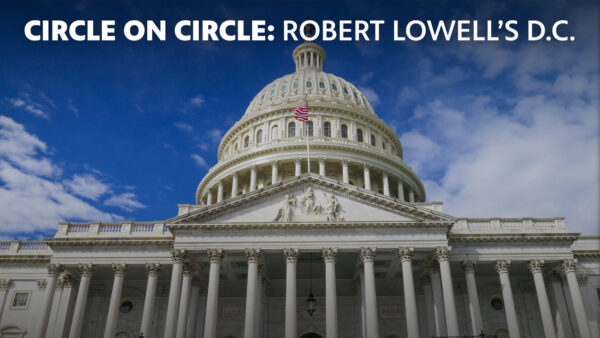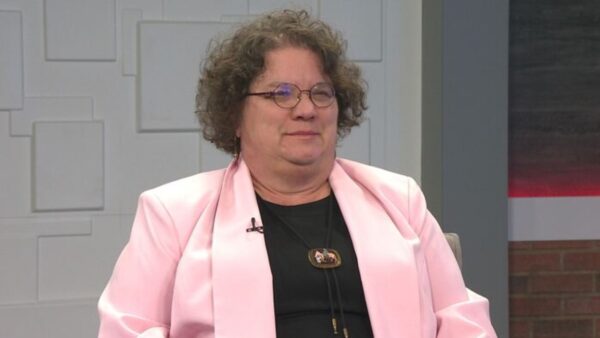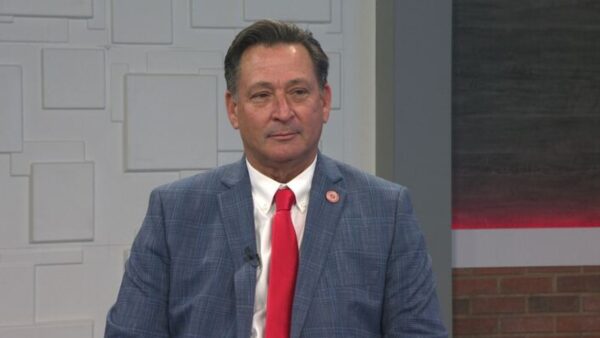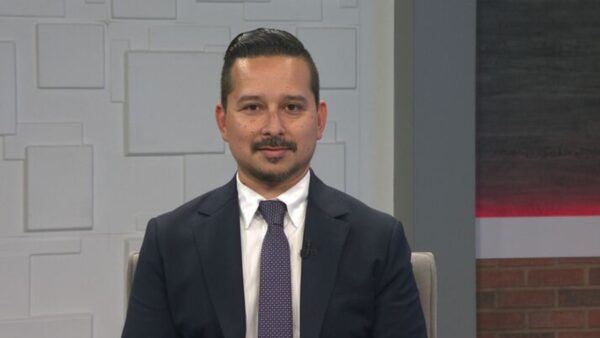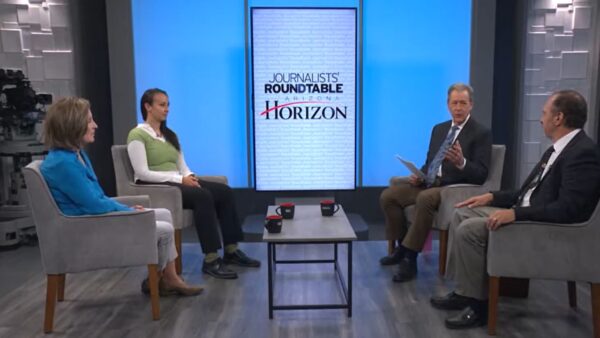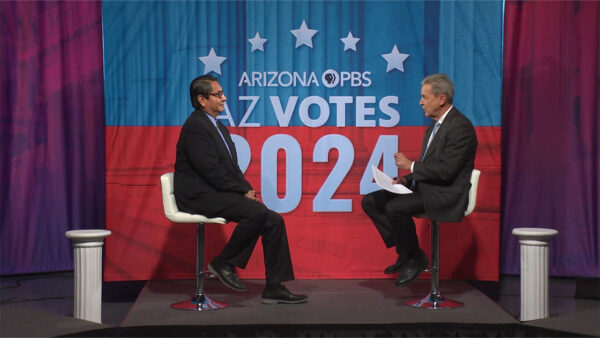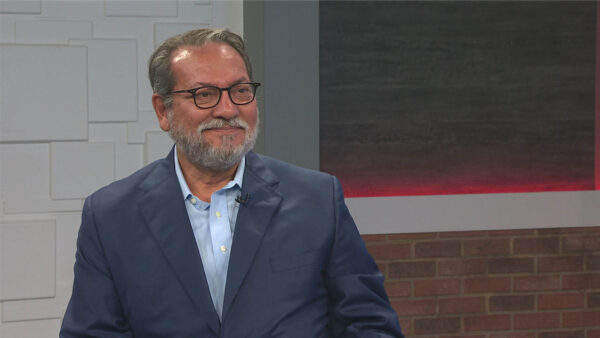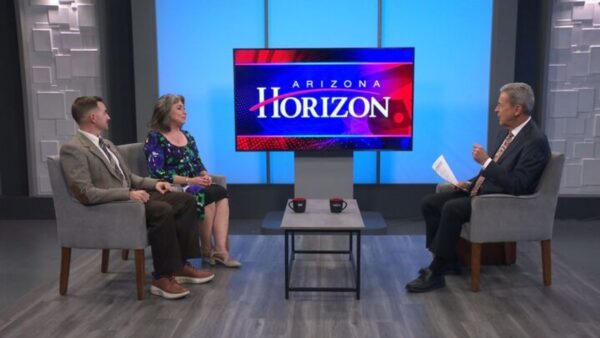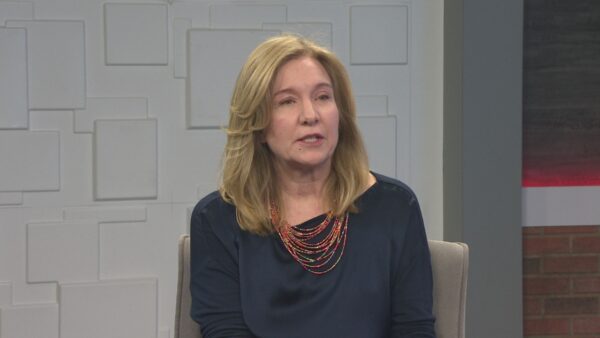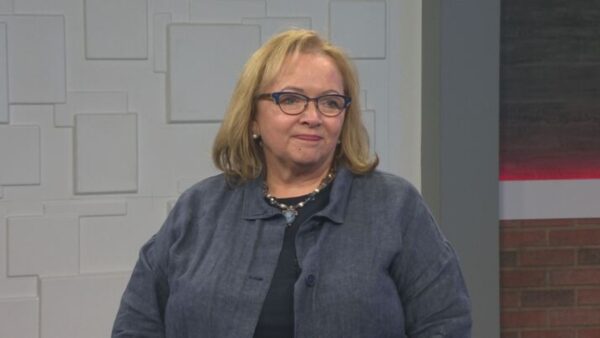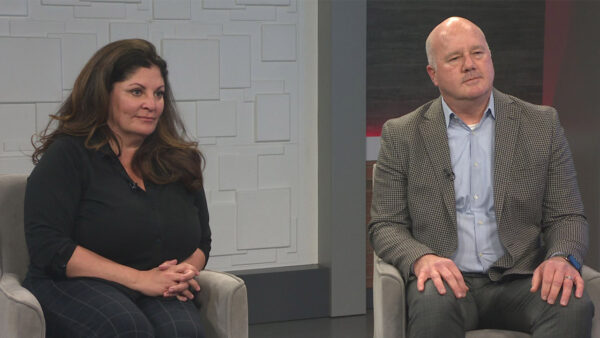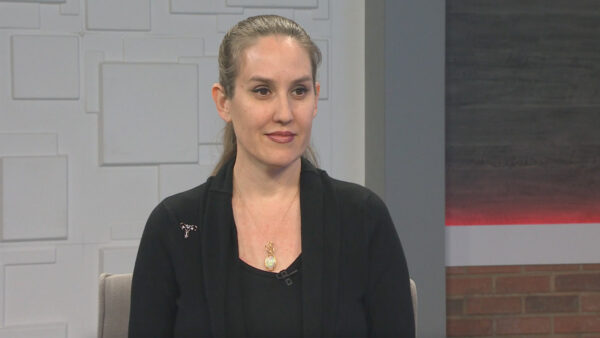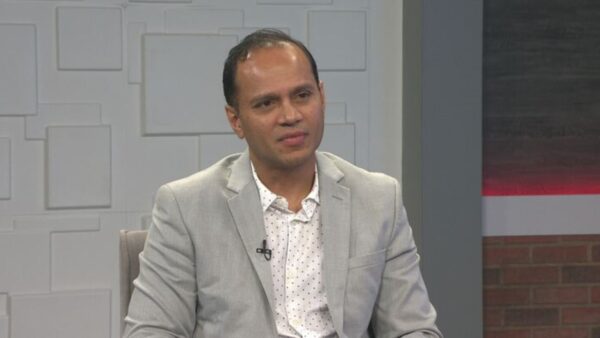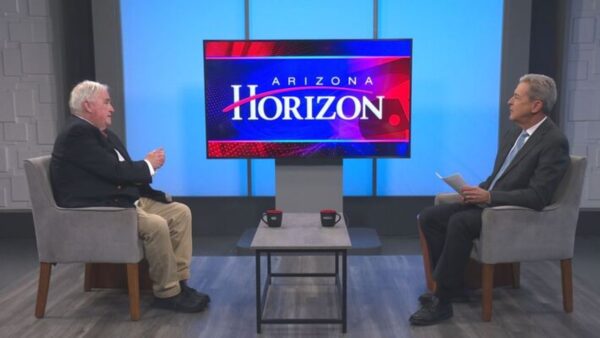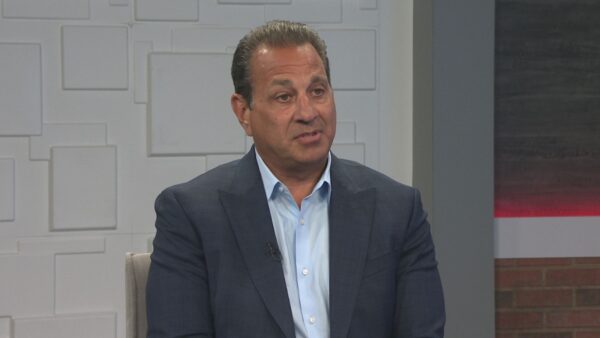The Environmental Protection Agency recently finalized 2013 standards for the Renewable Fuels Standard program. It requires renewable fuels, such as ethanol, to be blended into gasoline in increasing amounts each year. One of these renewable fuels, E15, has been controversial. Linda Gorman of AAA Arizona will discuss the problems associated with E15 fuel.
Ted Simons: The Environmental Protection Agency recently finalized new standards for renewable fuels that include requiring an increasing amount of renewables, such as ethanol, to be blended into gasoline. One of those blends is called E15, and some say that E15 could hurt your car. Linda Gorman of AAA Arizona joins us to talk about E15 concerns. Good to see you again.
Linda Gorman: Thank you for having me, Ted.
Ted Simons: Give me a better definition of E15.
Linda Gorman: E15 means that 85 percent gasoline, 15 percent ethanol. So ethanol is not new to the gasoline supply. In fact, it's been blended in into gasoline for many years. Many people are familiar with E10. It is the most popular gasoline blend. But E15 was recently approved for use last summer by the EPA. So it's popping up in all sorts of gas stations.
Ted Simons: And the benefits of E15, less dependence, less use of?
Linda Gorman: Right. It's part of the renewable fuel standards program, which actually was passed in 2005, as part of the Energy Policy Act. So it's not a new act. But this required renewable fuels to be increasingly added into our nation's fuel supply. So the intent behind it is very good.
Ted Simons: How often increasing here? We have gone from 10 to 15. When are we going to 20?
Linda Gorman: That's the thing. The policy calls for increased usage of these types of renewable fuels. But it doesn't dictate necessarily when. And it also doesn't take into consideration the fact that demand for gasoline is relatively flat, nor does it take into consideration the fact that most of the refineries in the United States are set up to blend E10. So it's not a matter of just simply switching over and adding in five percent. It actually is very complicated.
Ted Simons: For E15, only approved for flex fuel vehicles or all vehicles?
Linda Gorman: No. Flex fuel vehicles use an entirely different fuel. That's E85. That's 85 percent ethanol and 15 percent gasoline. Only five percent of the vehicles on the road right now are approved to use E15. So we are talking about a very small number of vehicles. And in addition to that in a recent survey that AAA did we found out that 95 percent of motorists didn't even know what E15 was and they had no idea if their vehicle could use it.
Ted Simons: How do you know your vehicle can use it? Is there a certain date before this, after that, you can't or shouldn't be using this?
Linda Gorman: Most vehicles can't use it. But the ones that, it would be in the owner's manual but the vast majority of vehicles, they should not use it or the use is questionable. So the problem with E15, it has increased alcohol component from the corn-based ethanol. But it can damage vehicle components over time if we are talking about small damage. We are talking about significant fuel, pump damage, fuel system damage, engine wear and tear that are costly repairs and also may not be covered by your manufacturer's warranty.
Ted Simons: I want to get to some of those concerns but the bottom line is that some of these warranties may be ADIOS if you wind up doing this. Correct?
Linda Gorman: Right and again, most people don't know this. They think they are doing a good thing by putting in E15 if it's available but what they may not know at least five manufacturers have flat outcome out and said they are not going to honor any, especially fuel-related vehicle claims if the vehicle is under warranty. If that vehicle used E15. An additional eight have said they haven't been as blatant in saying that but they said they may or may not honor these warranties. So this is a serious concern.
Ted Simons: I am seeing erroneous check engine lights, deterioration of the fuel system, the rubber parts of the fuel system, corroding pumps and fuel lines, accelerated engine wear. This is for vehicles that possibly would be OK for E15?
Linda Gorman: Possibly. So the problem with E15 is, we believe that ethanol is a perfectly fine blend for gasoline. There's nothing wrong with ethanol, per se. But more research is needed. More education is needed. When you put something in the marketplace that 95 percent of people don't know about and don't know if their vehicle consist use it and then you have manufacturers coming out and saying they may or may not cover these claims, it's very clear that the halt of E15 is necessary at this time.
Ted Simons: I have read something on this that suggests that this could be -- this could be kind of a move by the oil companies who aren't happy about having to shift over to refineries, who aren't happy about the idea of less dependence and demand on oil. Brazil sounds like the company is on 25 at least percent of ethanol. We have the flex fuels. Is there really that -- is there really that much concern, A, and, B, if there's that much concern and nothing should really use it why in the world was it approved?
Linda Gorman: Well the bottom line was the intent behind the renewable fuel standards program is a good intent. We are too reliant on foreign oil. We are too reliant on gasoline. The intent to introduce renewable fuels is a laudable one and one that should be continued to be pursued. What we need is a comprehensive energy strategy. Introducing E15 at a time when the country is not ready, when vehicles may not be able to handle it and when at the bottom line is motorists may be picking up the additional costs, costly repairs; it's just not the right time. More education, more research is needed.
Ted Simons: I think for those of us on the outside looking in, though, would say, OK, it's 10 percent now. This bumps it up to 15 percent blend. Really? That much difference from 10 to 15 percent to where AAA is saying don't do it?
Linda Gorman: There can be. It's not we are saying we are against renewable fuels because we definitely need a comprehensive energy strategy. But we need one that is well thought out, that's well researched, that's well understood by the public, by manufacturers alike and the other problem with E15 that we haven't mentioned is that these refineries that are making gasoline, the vast majority of them are making E10. And when you have only five percent of the fuel or five percent of the vehicles able to use E15 at this time, you could be creating a supply, tightening and supply of E10. So you could be causing prices to sky rocket, supplies to tighten at a time when it's just not warranted.
Ted Simons: I have seen where E15 has been sold, and been in use for about nine months or so.
Linda Gorman: Right.
Ted Simons: Are we seeing a lot of problems? Doesn't seem like there's been all that much reported, at least in the research I did.
Linda Gorman: It was approved for the use by last summer by the EPA. So what we are seeing is a handful of stations are starting to pop up and use it. So it's not widespread across the United States. But these manufacturers have come out and said they will not or may not honor the warranties which we don't think is fair to leave consumers holding the bag for costly repairs at least until we know more about it.
Ted Simons: You think further research is needed before AAA can jump on board?
Linda Gorman: Absolutely. We applaud the EPA for temporarily halting the sale which is what they have done the rest of the year; the sale of E15.
Ted Simons: So they have stopped it now? For the rest of the year? For the research?
Linda Gorman: Just, yes, to further look into it and see what other options are available. And also to see if the renewable -- the program is still something that needs to be considered. So we definitely need a comprehensive energy solution, as I mentioned. But when this act was passed back in 2005, the thought was that demand would continue to rise. That hasn't been the case for gasoline. We still need an approach but the one that was passed in 2005 may not be realistic.
Ted Simons: Interesting stuff. Good to have you here. Thanks for joining us.
Linda Gorman: Thanks for having me.
Linda Gorman: AAA Arizona
